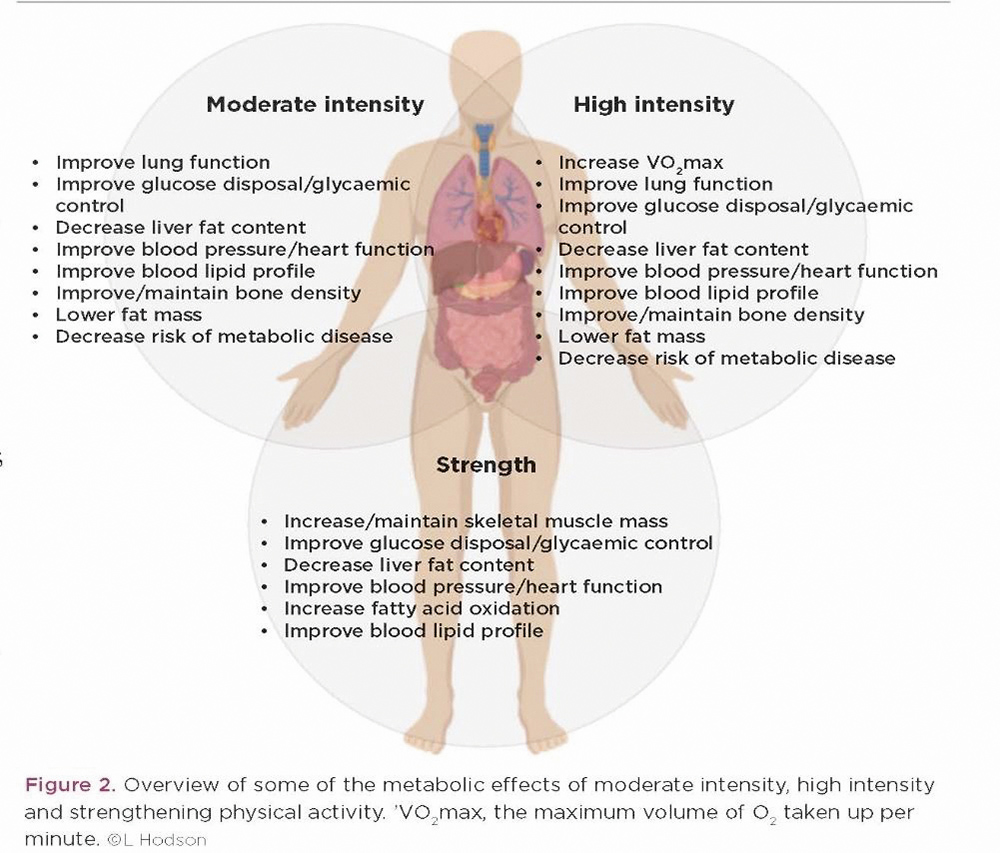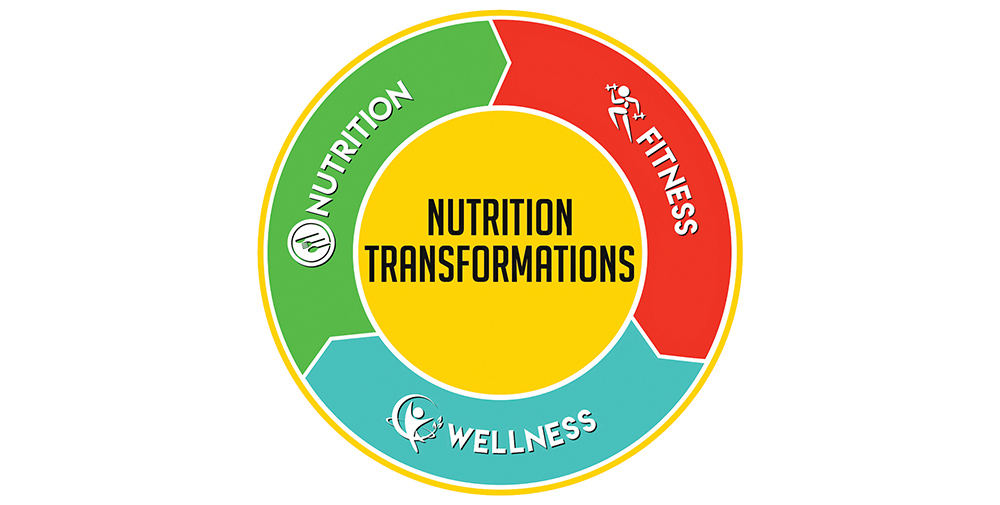By Jennifer Chapler, MS RD CDN

Dear Jenn,
I’m a 56-year-old man who is blessed with a wife and three children. Now that my teenagers are more independent, I finally have time to focus on myself. I’ve been working at losing weight, controlling my blood sugar, and getting into physical shape. I’m not what I used to be compared to my younger years but, I hope to get healthy and fit. Would you explain to me how to calculate caloric intake requirements and exercise formulas to help my endeavor.
Sincerely,
Getting Back to the Future
Dear Getting Back to the Future,
It is always important to take care of you, particularly when you take care of others. Many people get busy with obligations and forget to make time to exercise, eat healthily and take care of themselves. Now that you have some free time to focus on self-health, you can make positive changes for the better.
Diet and exercise go “hand in hand” when it comes to weight loss/maintenance, blood glucose control, and being fit. Briefly, if you are a diabetic or have higher than normal blood glucose, controlling carbohydrates in the diet is essential. Avoid high-sugar carbohydrates such as cake, cookies, chips and pretzels, meaning “the nosh.” Consume no more than two to three fruits or portion equivalents daily; fruits contain the fruit sugar fructose and can raise blood sugar in excess. Enjoy your veggies; they are low in sugar and high in essential nutrients including dietary fiber.
Exercise helps keep you healthy and fit, with blood sugar in check. I encourage you to exercise regularly for the most benefits and best health outcomes. Now that you have time, “Getting Back to the Future,” make it a lifelong habit.
Learning to calculate a few health-related formulas will help you determine how many daily calories you need to lose weight, maintain weight loss, and give you a clue to how fit you are and how your metabolism is functioning. Let’s explore!
General Information: The body needs energy to do work. We get this energy from food and beverages in the form of calories.
Metabolism is the process by which the body uses these calories to fuel your daily life.

Calculate Your Metabolic Needs in Calories
Resting metabolic rate (RMR) is a measure of how many calories your body burns while awake and at rest. Requires: gender, weight in kilograms, height in centimeters and age in years. RMR is calculated using the Mifflin-St-Jeor Equation (MSJ).
Male MSJ = (10 x weight in kg) + (6.25 x height in cm) – (5 x age in years) + 5
Female MSJ = (10 x weight in kg) + (6.25 x height in cm) – (5 x age) – 161
Two people with the exact same weight and height may have very different metabolic rates and energy needs. Knowing your exact number can help control your weight and health. Why? continue reading…
After you calculate your RMR, factor your “activity level” into the equation. This will allow you to know the total calories that you are consuming to maintain your current weight or your total energy expenditure (TEE).
Sedentary: Desk job, no exercise: BMR/MSJ x 1.2
Light exercise: Walking, golf, yoga for 40-50 minutes a day, 1-3 days /week: BMR/MSJ x 1.3
Moderate exercise: Breathing harder than normal, double tennis, cycling, elliptical for 60-90 minutes, 3-5 days a week: BMR/MSJ x 1.5
Heavy exercise: Sports, hard breathing, heavy weightlifting, fast bicycling, running basketball for approximately 75 minutes a day, 6-7 days a week: BMR/MSJ x 1.73
Very heavy workouts: Two times per day, and/or physical job: BMR/MSJ x 1.9
Factors That Affect TEE: Nutritional state, health status, body temperature (an increase in 1 degree Celsius is associated with an increase of 13% RMR), menstrual cycle, degree of wakefulness, body type, frame, size, fat composition, muscle, growth, genetics, environmental temperature, illness, medications and activity.
Therefore, two people with the same weight and height can have a different metabolic rate depending on the factors above.
Weight Loss and Maintenance Factor: To lose weight and/or maintain weight lost factor in the following:
- Calculate your TEE.
- TEE – 500-1,000 Calories = Calories to consume daily for weight loss. If you reduce your TEE by 500-1,000 calories daily, you will lose between 1-3 pounds per week. Maintain calories to maintain desired weight. 1 pound = 3,500 kcal
Summary: RMR x TEE – 500-1,000 calories daily = Scale going down. For more information, call Nutrition Transformations.
Note: For the best nutrition outcome, do not consume fewer than 1,200 calories daily. You can always increase your activity factor.
Most fitness testing is done in a laboratory with special equipment. Below are some common ones. Keep in mind you can always judge your fitness by keeping a log of what exercises you do, amount of time exercising, how you feel during and after and your progress. Same with weightlifting.
Exercise physiology is the study of the body’s responses to physical activity. These responses include changes in metabolism and in physiology of different areas of the body like the heart, lungs and muscles, and structural changes in cells. The word “exercise” comes from the Latin exercises, “to drive forth,” while physiology comes from the words physis (“nature”) and logia (“study”).
What are the common fitness tests?
Generally, fitness is assessed on these key areas: aerobic fitness; muscular strength and endurance; flexibility; and body composition.
Body Composition
BodPod Testing. Testing involves the assessment of body volume through air displacement.
Skinfold Testing. Testing involves the assessment of subcutaneous adipose tissue via skinfold calipers at multiple locations on the body.
Bioelectrical Impedance Analysis.
Resting Metabolic Rate.
Cardiovascular Testing
VO2 max, or maximal oxygen consumption, refers to the maximum amount of oxygen that an individual can utilize during intense or maximal exercise. This test is the gold standard for determining cardio-respiratory fitness because the muscles need oxygen for prolonged aerobic exercise, and the heart must pump adequate amounts of blood through the circulation to meet those demands.
Fat Max Testing
FatMax is the maximum amount of fat that an athlete can “burn” per hour. It is often expressed in energy (kcal) per hour. Scientists reported that exercise at moderate intensity (around 70-75% of maximum heart rate) was the optimal intensity for fat burning, whereas it was only around 60% of maximum heart rate for less trained individuals.
Conclusion
It is never too late to pay attention to your health and wellbeing. If you have higher than normal blood glucose, blood pressure and/or are overweight, you need help. Taking medications for diabetes and high blood pressure is only part of the treatment. Eating right and exercising are also part of taking care of your condition. Being obese is a serious health hazard.
For more information about healthy eating, living, controlling medical conditions and weight control, call Nutrition Transformations. We will help you. Affordable weight-loss medication is available to boost your weight-loss effort.
Yours in good health,
Jenn
718-644-1387











